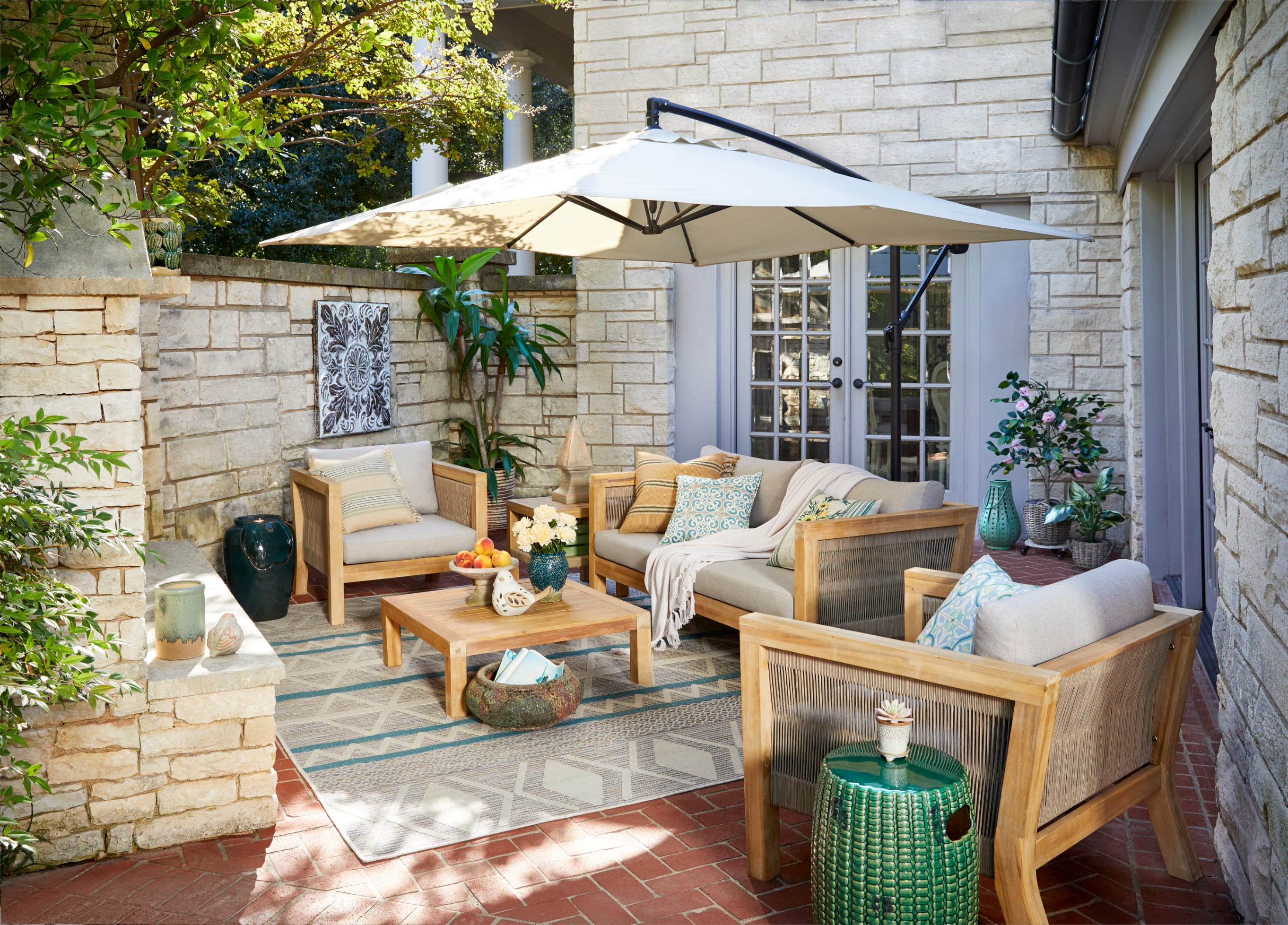A year ago, the big-box home furnishings retailer At Home was near the top of many people’s endangered retail species list, a business seemingly on life support. Its stock was trading for less than $2 a share, analysts were talking about an imminent bankruptcy filing, and the company’s financial ledger was not a pretty picture.
But that was all before COVID-19 hit the headlines in the U.S. What a difference a year makes.
In a category that includes uber-successful home furnishings retailers like RH, Williams-Sonoma and Ikea, At Home is holding its own—and then some. In its fourth-quarter earnings, which were released last week, the company reported sales up more than 41 percent, with comparable store results up nearly 31 percent. (Remember, that comparison is to a pre-pandemic period.) For the year, revenues were up 27 percent, with comp sales up just under 20 percent. All the other financial metrics—profits, long-term debt and cash flow—also showed nice improvements. At Home’s stock, in the meantime, has been trading recently in the $27 to $34 range, a more than tenfold increase from its low a year ago.
According to CEO Lee Bird, the company is just getting started. “As we look forward, we have never been more confident in our ability to capture the large opportunity ahead,” he said on the earnings call.
At Home has a somewhat convoluted history. It was built on the bones of another big-box home chain, Garden Ridge, which featured giant stores—as large as 175,000 square feet—often in less-than-prime locations, scattered mostly throughout Texas and the rest of the Sun Belt. It crashed and burned, filed for bankruptcy in 2004, and teetered on the brink for years. Then, in 2014, it was revived with a new name, new investors, and a strategy that brought store sizes down (even though they still often measured more than 100,000 square feet).
When At Home went public in 2016, it had 115 stores in 29 states, and was doing about $500 million in business but making no profit. Today, the company operates 225 stores in 40 states, and Bird says the plan to take the chain up to 600 locations is still part of its “long-term journey.”
So, how in the world did this happen? At Home’s stores are still often located in subprime retail space, and the company only launched its online business in November 2020. Digital still no doubt accounts for a only minor portion of its overall revenue, while competitor Bed Bath & Beyond is now getting nearly one-third of its revenue from e-commerce.
However, At Home has certain advantages that have allowed it to prosper over the past year. The most obvious one is the overall strength of the home furnishings sector. Like every other industry retailer, it is getting its share of the home decor pie with consumers stuck at home and spending a disproportionate amount of their incomes—not to mention stimulus checks—on updating their spaces.
Additionally, At Home’s merchandising mix is particularly suited to pandemic times. It has an outsized presence in the outdoor category, including backyard and patio furniture, barbecues, firepits, lighting, umbrellas, all-weather rugs, and outdoor dinnerware and serveware. Its offerings outpace other retailers like Bed Bath & Beyond, HomeGoods, Home Depot, Lowe’s, Michaels, and even mainstream garden and patio stores. That merchandising strategy, focused on private brands—or sometimes no brands at all, when it comes to home decor—offered at value price points seems to be particularly attractive to shoppers still concerned about their jobs and the whereabouts of their next government check.
The physical profile of At Home stores may also have played a role in its success. Unlike smaller, merchandise-crowded stores such as HomeGoods and Bed Bath & Beyond, the At Home footprint is expansive, featuring wide aisles, high ceilings and spread-out displays. Locations in suburban fringe areas, rather than urban or suburban hubs, may also be helping to instill a sense of personal safety for shoppers.
Finally, the company has also benefited from other factors in the competitive landscape. Pier 1, which offered many of the same categories but on a much smaller scale, went out of business last spring, giving shoppers one less place to go. Store closures by Bed Bath & Beyond, Tuesday Morning and a few other competitors didn’t hurt, either.
At Home says the past year was not an anomaly and that it expects to ride on its recent successes for the foreseeable future. Certainly, there will be challenges as consumers begin to travel again and redirect disposable incomes to other areas. And the company will absolutely need to get up to speed online, a task that HomeGoods and its off-price brethren will also wrestle with in the years ahead. But at least give At Home its moment to celebrate in what it has accomplished over the past year. Even in an era when the unexpected keeps happening, this is one hardly anybody could have predicted.
Homepage photo: At Home’s Italian Farmhouse patio collection | Courtesy of At Home
____________
Warren Shoulberg is the former editor in chief for several leading B2B publications. He has been a guest lecturer at the Columbia University Graduate School of Business; received honors from the International Furnishings and Design Association and the Fashion Institute of Technology; and been cited by The Wall Street Journal, The New York Times, The Washington Post, CNN and other media as a leading industry expert. His Retail Watch columns offer deep industry insights on major markets and product categories.




























